¶ A complete network monitoring software suite, providing many features
With blësk, you can monitor the status of services on your server or your client machines, see the security status of your network, analyze communication protocols exchanged, view information on the features of the components of your network, and verify the latency of your devices, see event log reports.
The above list is only a brief overview of the capabilities of the software. Below we will discuss in more detail the different module and their uses.
To begin, it is important to introduce you to the different modules included with blësk.
These modules were created in order to make using blësk more user friendly, and to separate the different functionalities. Version 8.0 of blësk includes eight (8) different modules as shown and briefly described on Image - 1 below. Each of these modules provide various functionalities, which we will discuss in later parts of this document.

¶ Application Performance Monitor (APM)
The Application Performance Monitor module, also called APM, allows you to monitor and control the services performed or provided by the hosts or the physical devices on your network. This module includes different options and parameters which we will discuss later in this document.
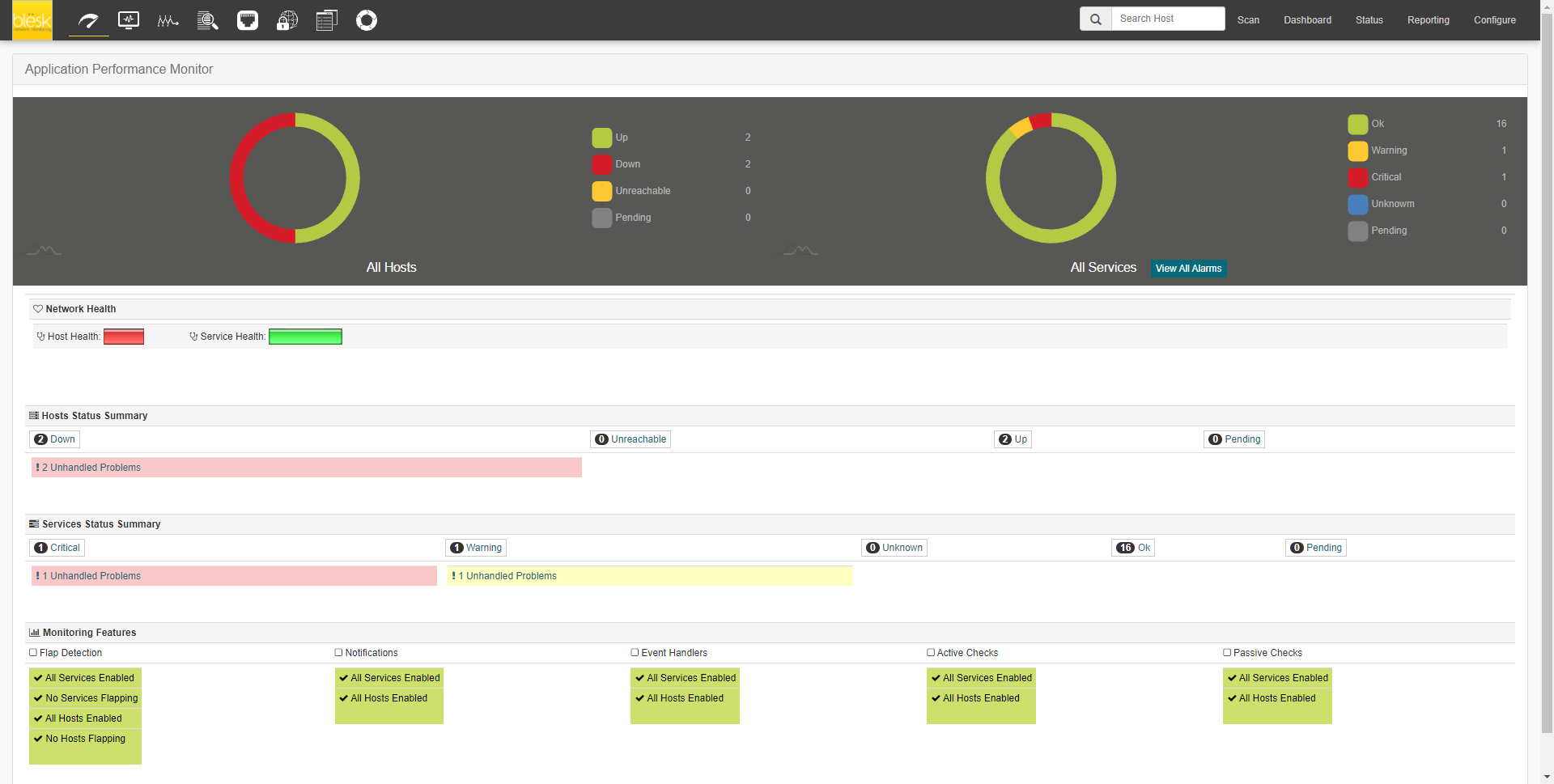
¶ Network Performance Monitor (NPM)
The Network Performance Monitor (NPM), provides detailed monitoring through the collection and analysis of data from routers, switches, servers, or any other SNMP-enabled devices.
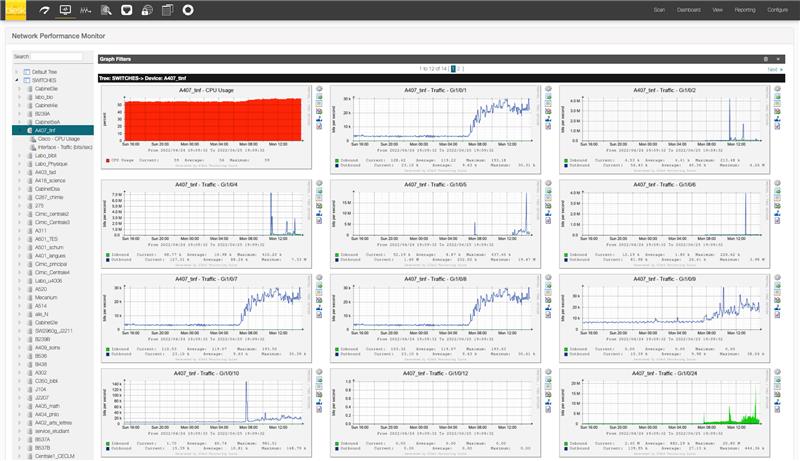
¶ Network Traffic Analyzer (NTA)
The Network Traffic Analyzer (NTA) is used to analyze traffic and usages.
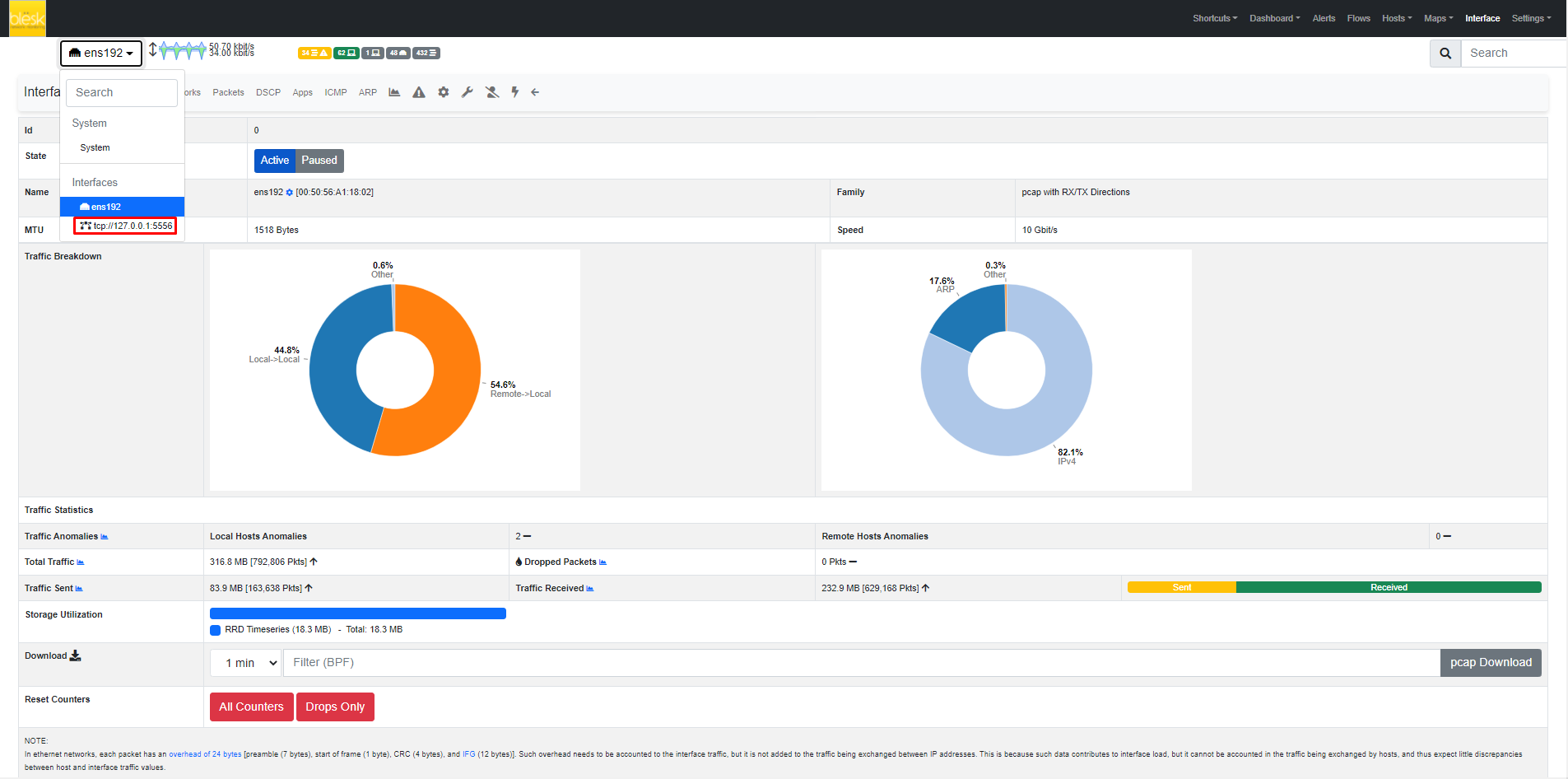
¶ Event Log Manager (ELM)
The Event Log Manager module, also called ELM, allows you to view quick summary or detailed reports of system events generated by your servers, your client machines, or network devices.
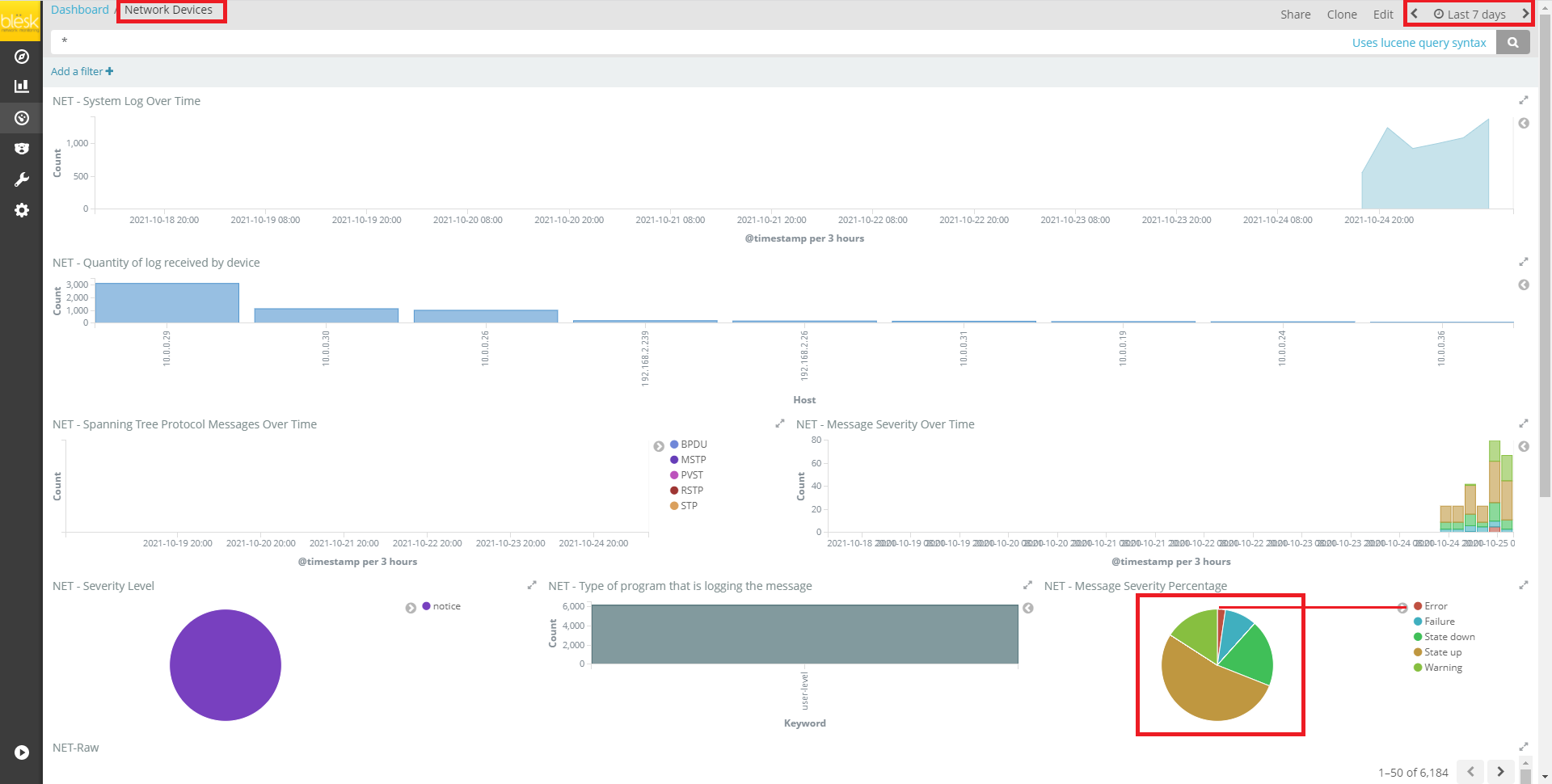
¶ Switch Port Manager (SPM)
The Switch Port Manager (SPM), is used to localized where devices are connected on the network and switches ports interface.

¶ Network Security Monitor (NSM)
The Network Security Monitor (NSM) is used to scan for vulnerabilities on all kind of devices and not to interact with security.
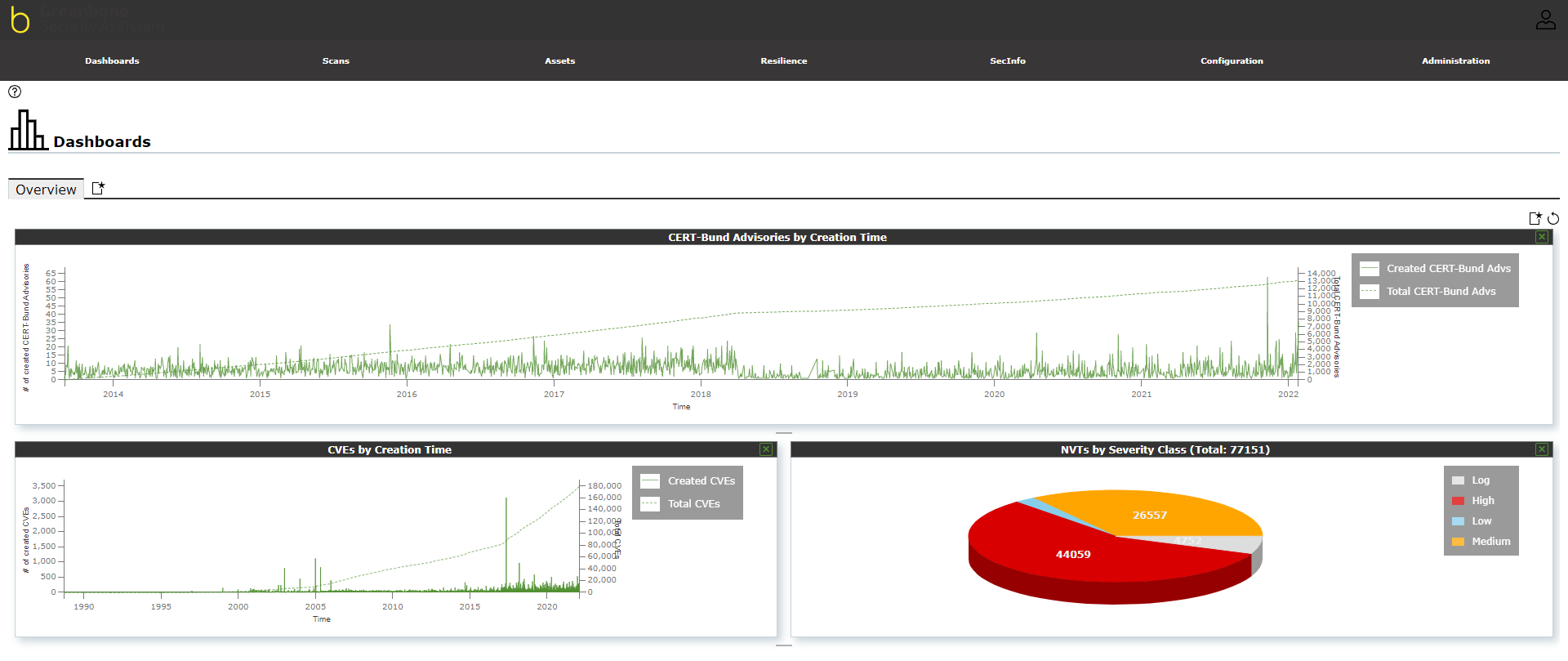
¶ Network Configuration Manager (NCM)
The Network Configuration Manager module, also called NCM, allows you to make incremental copies of the configuration of network devices such as your switches, routers and firewalls. NCM also allows being alerted when something changes in the configuration.

¶ Asset Life Manager (ALM)
The Asset Life Manager module, also called ALM, compiles complete documentation of all workstations and servers on the network by automating the software and hardware inventory reports.
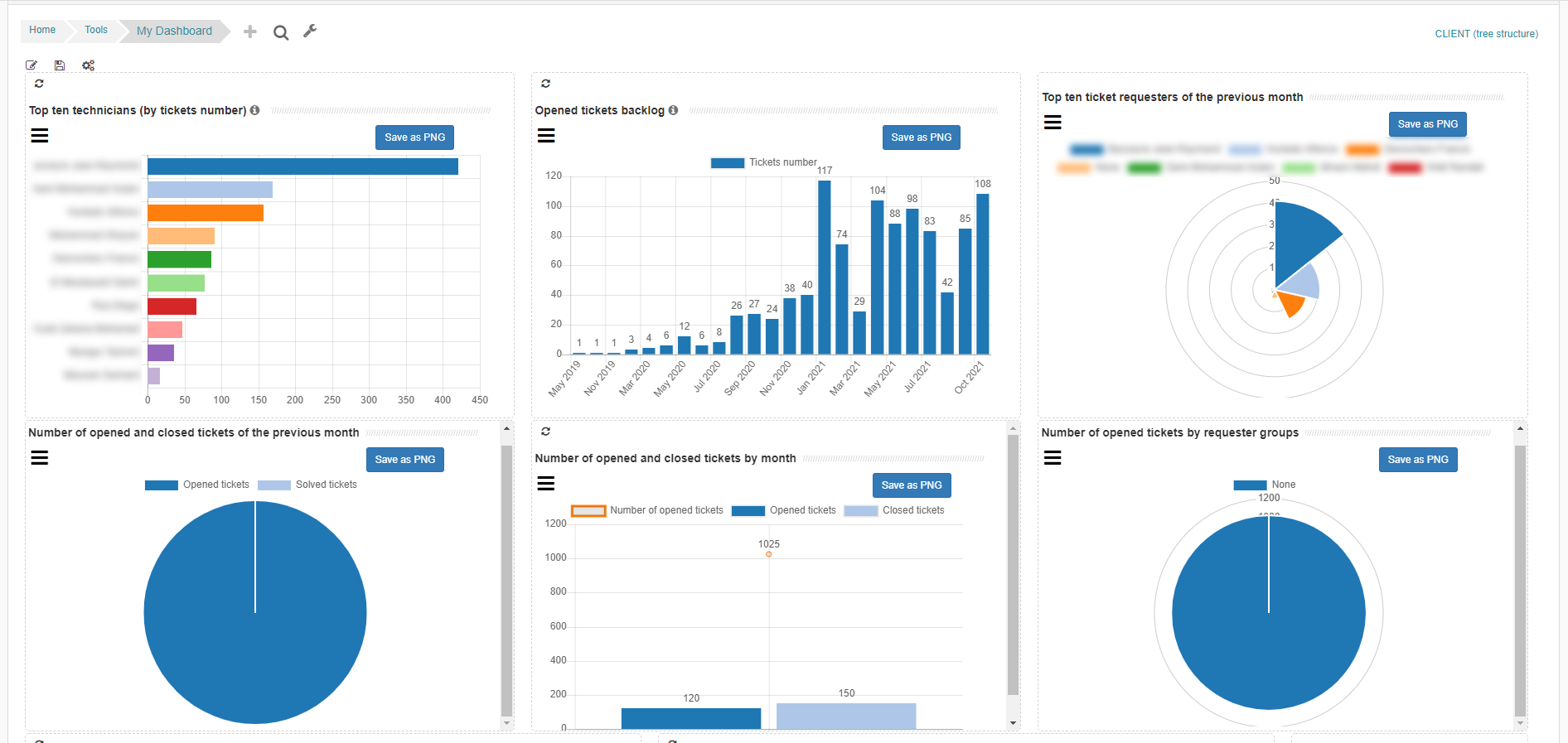
As you can see, there are many options available to you. In the following sections, we will see more details on the features of each module.
Happy reading …